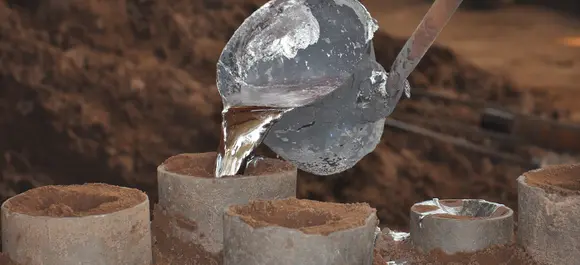Mobile:+86-311-808-126-83
Email:info@ydcastings.com
French
cap plug
Understanding Cap and Plug in Various Applications
Cap and plug elements are integral components widely used in different industries and applications, serving essential functions in protection, sealing, and preventing contamination. In this article, we will explore the significance of cap and plug, their various uses, and the importance of choosing the right type for specific applications.
What Are Caps and Plugs?
Caps and plugs are typically made from materials like plastic, rubber, or metal and are designed to fit securely over or into openings. Caps are used to cover the end of a pipe, bottle, or tube, while plugs are inserted into openings to seal them. Though they may appear similar, their applications and functionalities differ significantly based on the context in which they are used.
Applications of Caps and Plugs
1. Industrial Usage In industrial settings, caps and plugs are used to seal pipes and fittings. This helps maintain the integrity of lines carrying gases, chemicals, or liquids, preventing leaks and contamination. Proper sealing is crucial as it ensures safety in operations and compliance with regulatory standards.
2. Medical and Pharmaceutical In healthcare, the significance of caps and plugs cannot be overstated. They play a vital role in hermetically sealing medication containers, ensuring that the contents remain sterile and uncontaminated. Innovations in cap design, such as child-resistant features and tamper-evident packages, enhance safety and security for consumers.
3. Automotive Industry Caps and plugs also find extensive applications in the automotive industry. They are used to seal fuel lines, coolant reservoirs, and tire valve stems, ensuring proper operation and safety. Special attention is given to the materials used due to the varying temperatures and pressures encountered in automotive environments.
4. Consumer Products In everyday products, from food containers to electronic devices, caps and plugs serve as crucial components. They preserve the freshness of food items, prevent spillage, and protect sensitive electronic inputs from dust and moisture.
cap plug

5. Construction and HVAC In construction, caps and plugs are essential for protecting unfinished ends of piping systems from dirt and debris during the installation phases. In HVAC systems, they are used to seal ductwork and maintain system efficiency by preventing air leaks.
Choosing the Right Cap and Plug
When selecting a cap or plug for a specific application, several factors must be considered
- Material Different materials offer varying levels of durability, chemical resistance, and temperature tolerance. For instance, a silicon-based cap might be preferable for high-temperature applications, while rubber might be suitable for softer sealing needs. - Size and Fit It is crucial to ensure that the cap or plug fits securely to prevent leaks and contaminants. Using the correct size will also facilitate easier application and removal when necessary.
- Environment The environment in which the cap or plug will be used plays a significant role in the selection process. For outdoor applications, UV resistance may be important, while in laboratory settings, chemical resistance might be prioritized.
- Purpose Understanding the specific function needed—whether for sealing, protection, or aesthetic purposes—will guide the selection process towards the most appropriate solution.
Conclusion
Caps and plugs, though often overlooked, are indispensable in many fields. Their roles go beyond mere sealing and protection; they are vital for maintaining safety, integrity, and quality across various applications. As industries continue to evolve, the demand for innovative and effective cap and plug solutions will surely grow, necessitating a deeper understanding of their functionalities and characteristics. By making informed choices in the selection of caps and plugs, businesses and consumers alike can enhance the performance and reliability of their products and systems.











